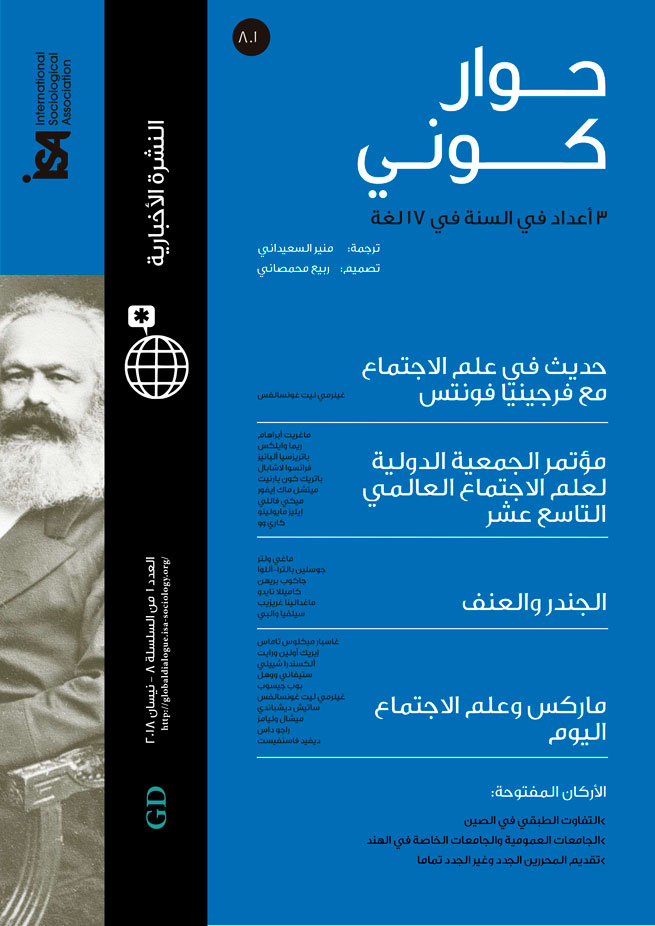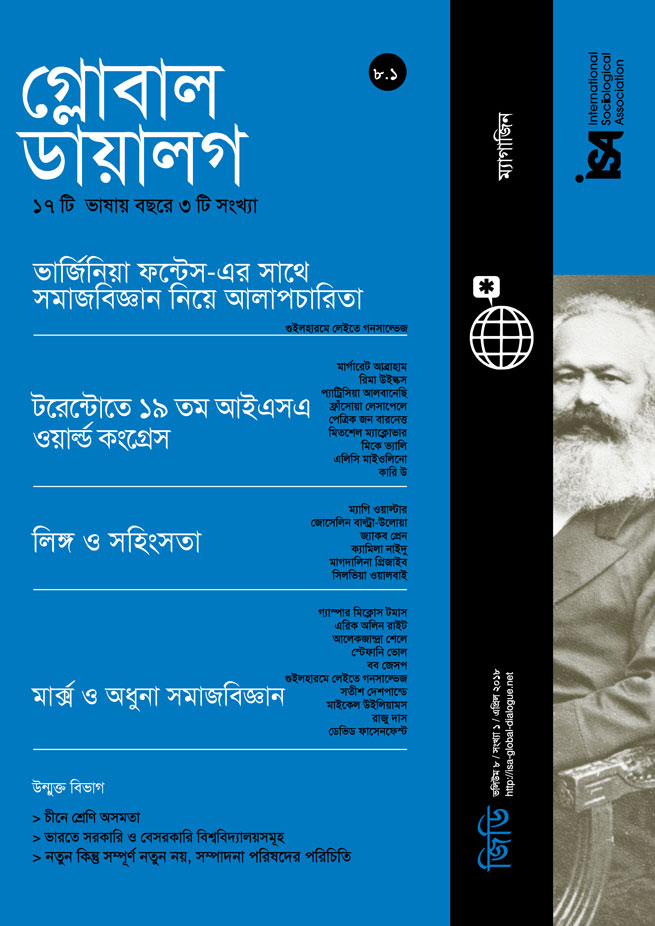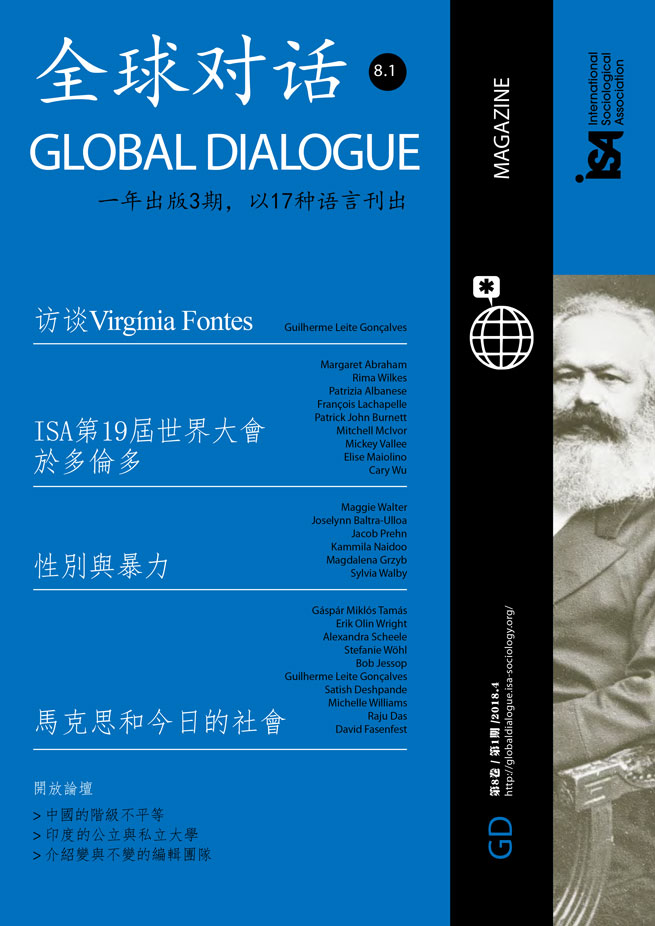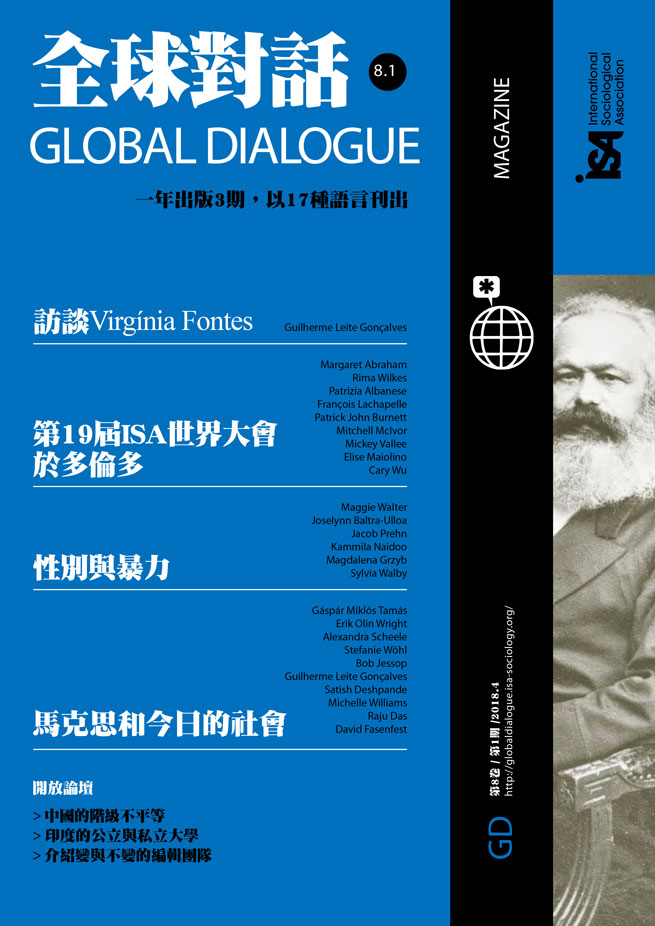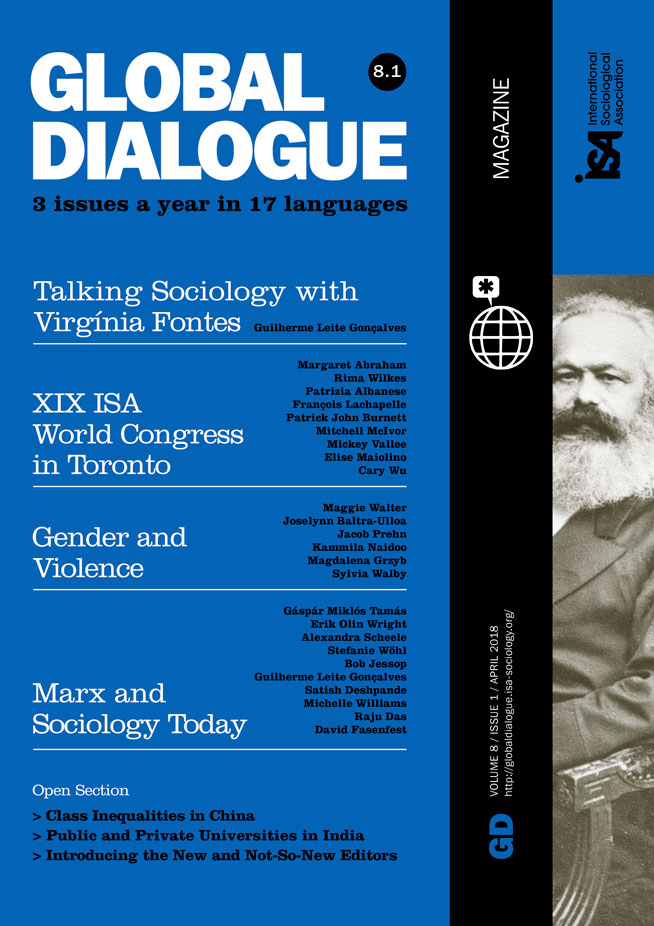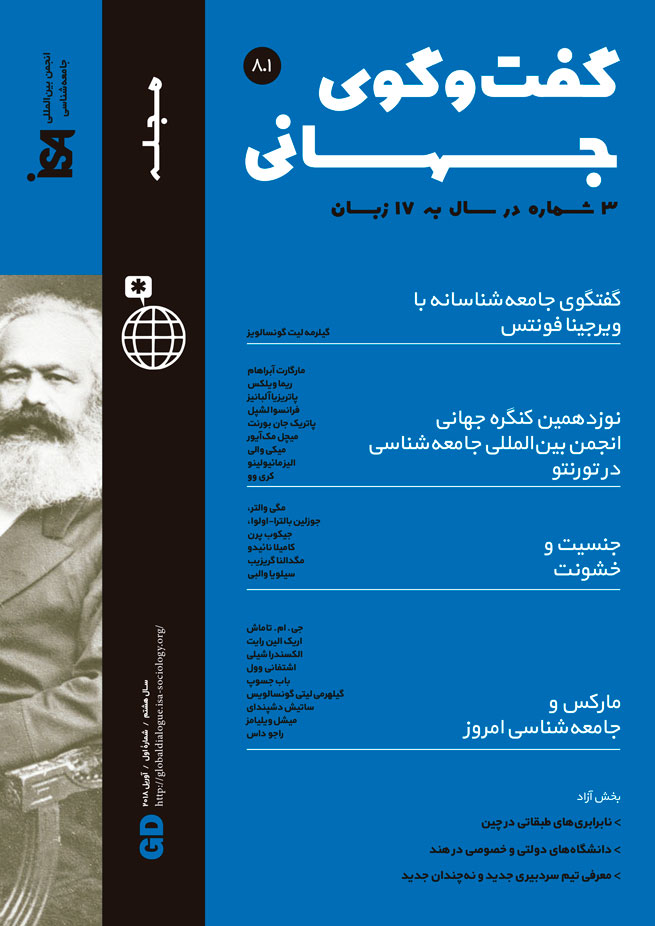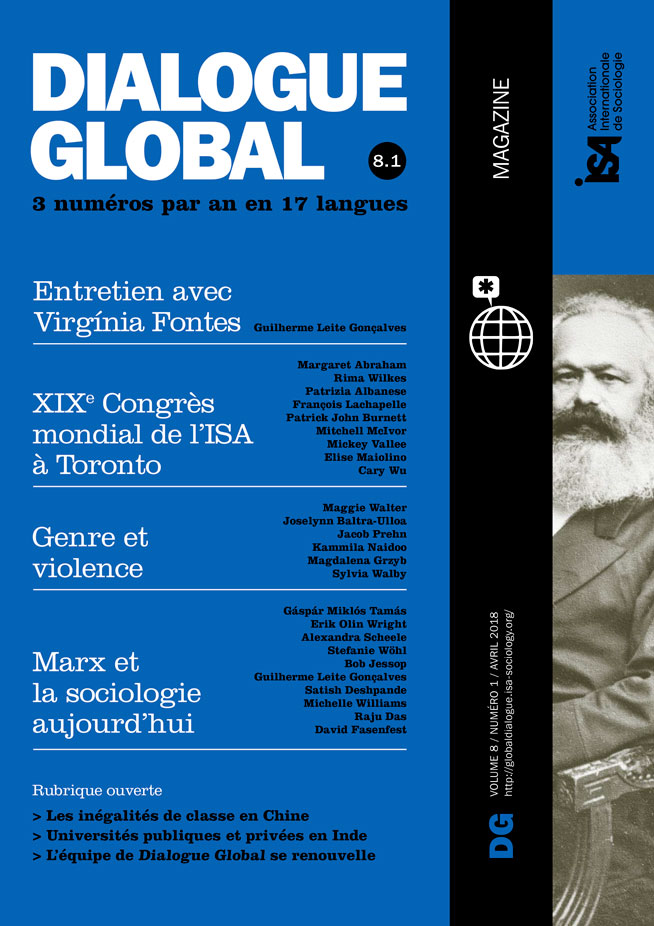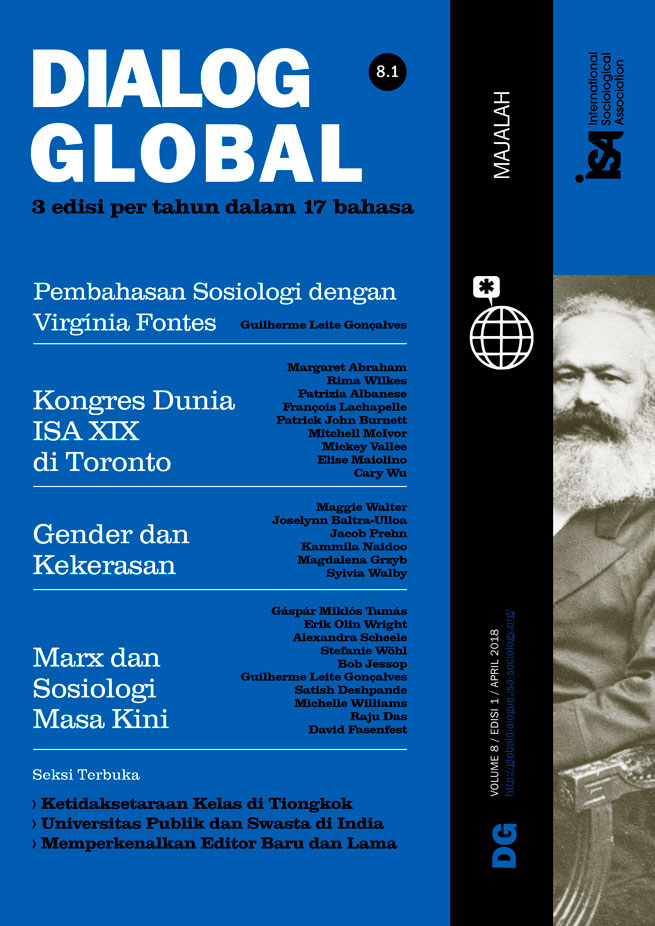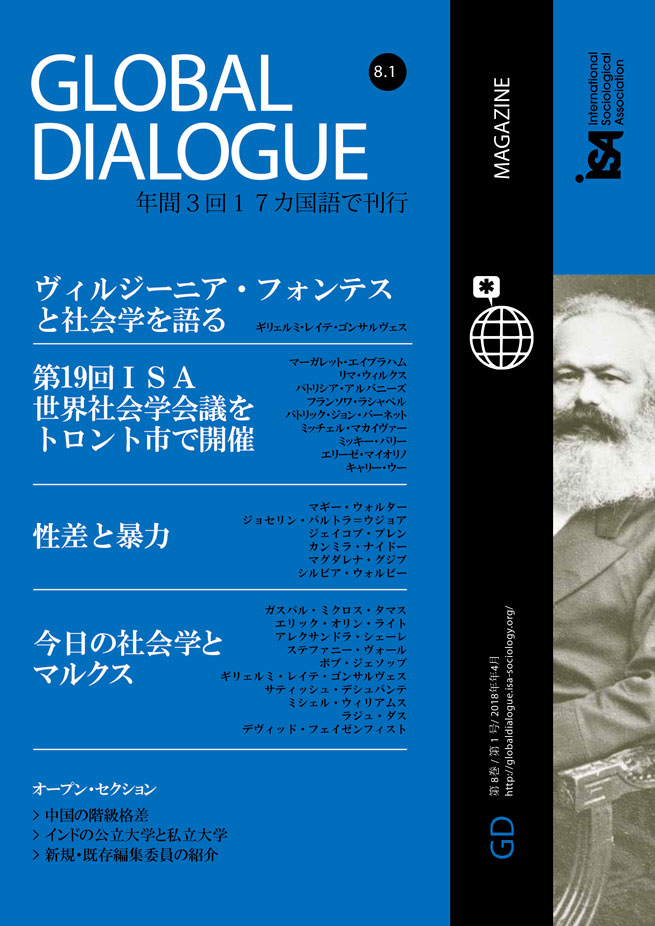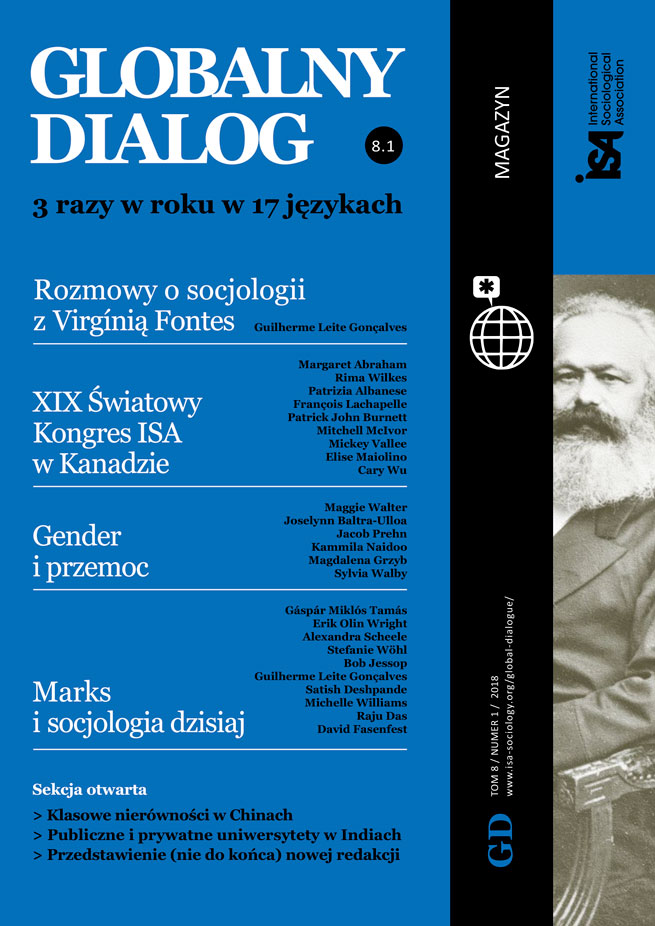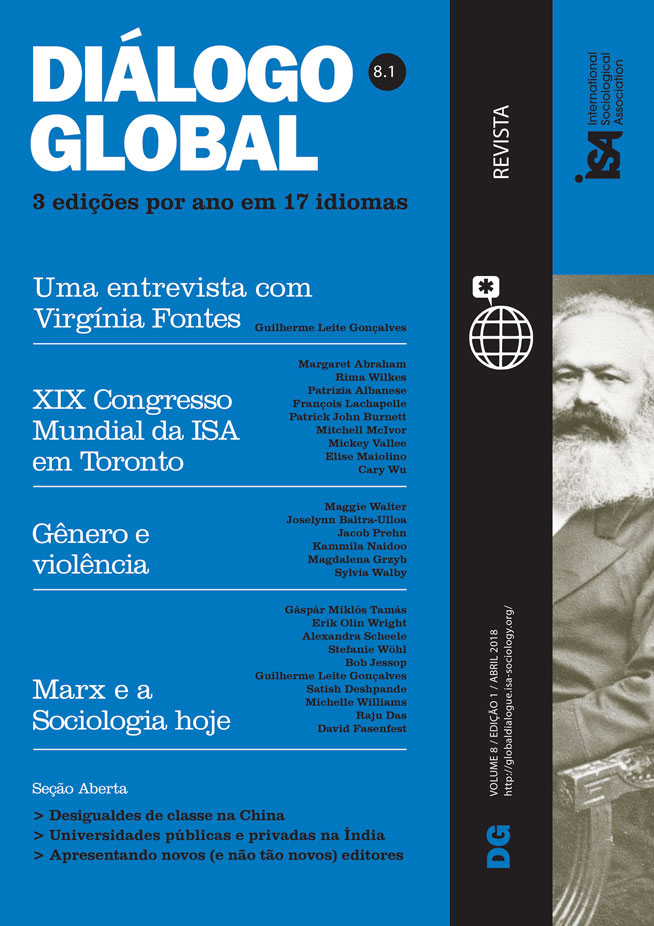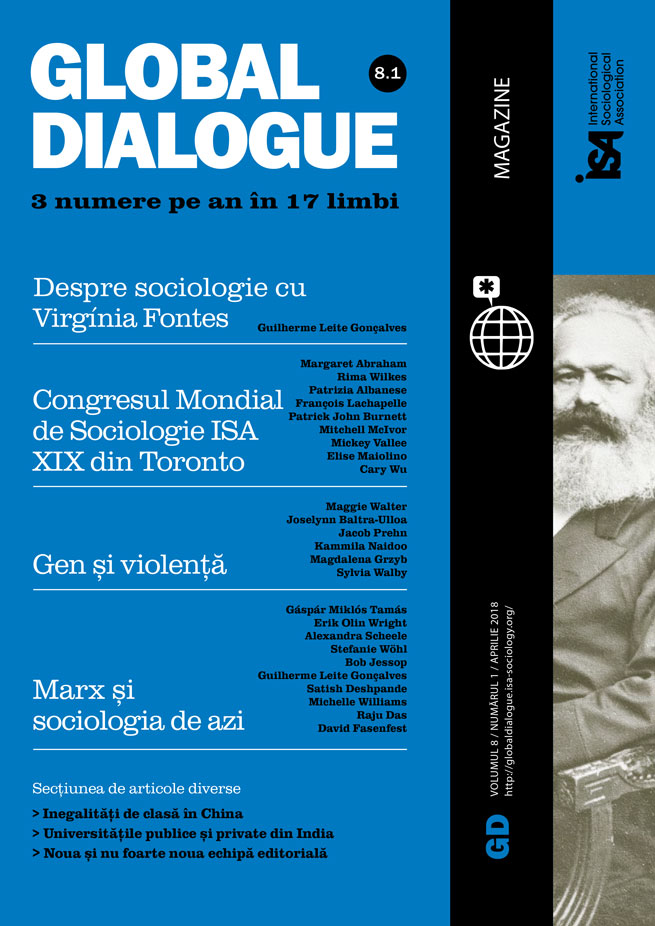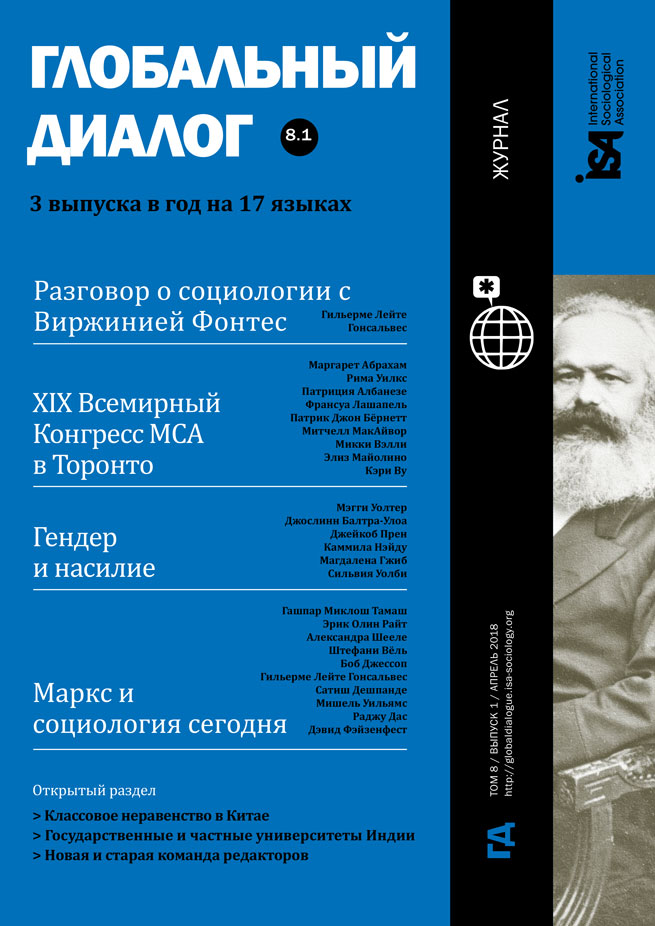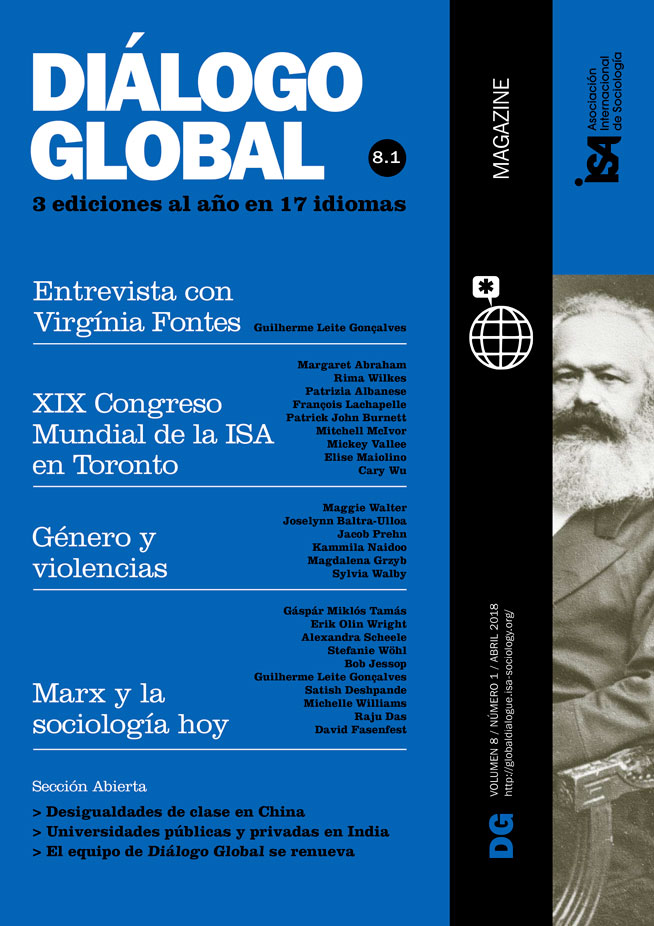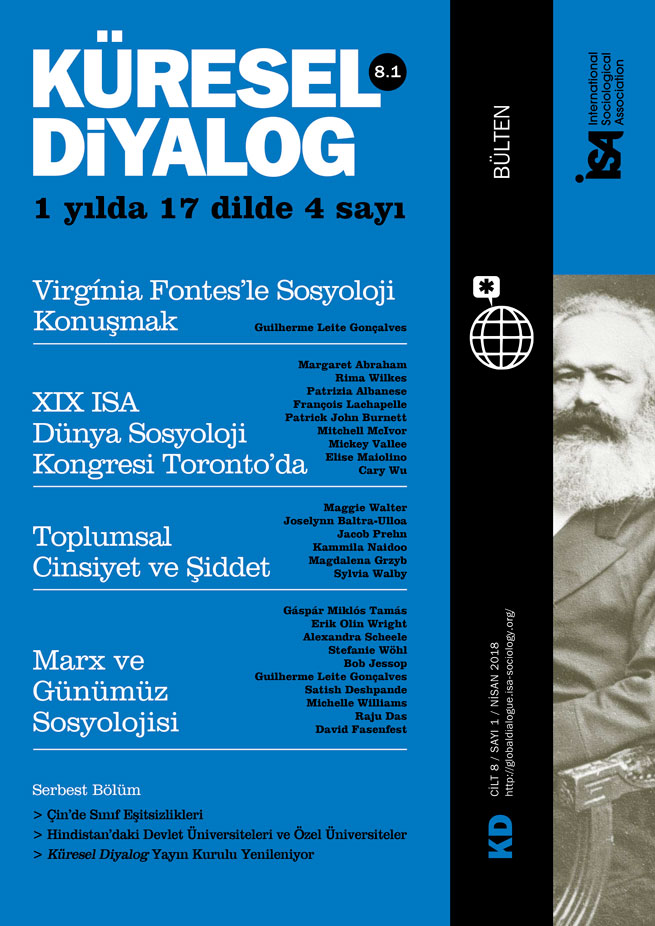A Comparative Study of Public and Private Universities in India

March 22, 2018
In India with the advent of neoliberal policies, the growth of knowledge economies, and the inclusion of private education providers, global networks and the private sector are empowered to dictate what qualifies as “relevant knowledge.” The idea of education as a “public good” is replaced by the idea of education as a “private commodity.” Universities are marketed as “brands” that advocate “marketable courses.” This discourse has labeled liberal arts as “unproductive,” forcing disciplines like sociology to reinvent themselves to ensure their survival.
While this broad trend towards marketization is widely acknowledged, what is less known is that both public and private universities are converging towards similar practices. This convergence questions the meaning of the “public” in a liberalized, privatized, and globalized democratic society. My argument is supported by a comparative analysis of the structure and content of the undergraduate sociology curriculum taught in two public universities – Delhi University (DU) and Ambedkar University (AUD) – and a private university, Shiv Nadar University (SNU), located in Delhi. DU was founded in 1922. Significantly, since 2012 it has repeatedly revised its academic program from the annual mode, to the semester system, to the Four Year Undergraduate Program (FYUP), and finally to the Choice Based Credit System (CBCS) in 2015. AUD is a state university established in 2010 exclusively for the humanities and social sciences, while SNU began functioning in 2011. Though the three universities were established at different times, with purportedly different academic agendas, their practices appear to be similar.
First, all three universities are developing integrated programs of study based on values of “novelty,’ “choice,” and better employment opportunities. In FYUP and CBCS, increased choice is presented in the form of “Electives” which offer courses on popular themes like development, media, environment, visual cultures, etc. “Applied Courses” in Delhi University’s FYUP scheme, or “Ability Enhancing courses and Skill Enhancing courses” in its CBCS scheme, or the option of doing a minor along with a major in both AUD and SNU, all directly cater to the student’s employability and entrepreneurial skills.
Second, the interdisciplinarity and contemporary relevance of courses is highlighted. In Delhi University’s FYUP and CBCS, and in AUD’s sociology program, interdisciplinarity is introduced by the option of selecting courses from other departments. SNU’s option of pursuing a “minor” course and “independent study groups” suggests a similar orientation. Interdisciplinarity is instated by the inclusion of courses from history, political science, or literature as “Electives” or “Foundational Courses.” However, the presence of other disciplinary perspectives within the main sociology courses has only been accommodated in AUD through course readings. The contemporary relevance of the programs is also made evident through readings and themes of research. The “Electives” or “Foundational Courses” in the CBCS and FYUP have introduced several new themes like “sociology of war,” “ethnographic film making,” etc. Moreover, the literature published after the 1990s clearly dominates the reading lists of most courses. For instance, 30 out of the 35 readings in AUD’s course on “Gender and Society” were published after the 1990s. Thus, an attempt has been made to incorporate new themes of study, sources of knowledge and scholarship, as well as interdisciplinary interaction to increase a student’s knowledge base and skill set.
Third, the university–industry link has been strengthened in all programs. In the CBCS, the credit system standardizes the assessment for the employers. Courses such as “Organization Exposure” or “Workshop on Expressions” at AUD, and “Research, Experiential, and Applied Learning” at SNU, expose the student to various NGOs and research organizations. Further, the emphasis on reading ethnographies, substantive research, writing dissertations, or field studies at the undergraduate level and the diminishing interest in sociological theory encourages applied research rather than “academic” studies.
Fourth, the universities are establishing global partnerships with foreign universities as a marketing strategy. For instance, AUD and SNU have collaborated with Yale, Sciences Po, Stanford, Berkeley, etc. to increase their standing amongst the students.
Thus, sociology and other social sciences are packaged as interdisciplinary, contemporary, and integrated disciplines, offering better life chances and a global reach for their students. However, the essence of social science – its criticality and creativity – stands compromised.
The similarities between DU, AUD and SNU suggest that they are responding to a common paradigm of knowledge production dictated by neoliberal principles. This change impacts the role and position of public universities because as public institutions they have a responsibility to uphold education as a means to advancing social welfare. But the growing need to establish a university in the global market undermines this. Can market-driven education sustain itself as a “public good”? Do we identify the practitioners’ role as “learners” or “consumers”?
The issue at stake is the philosophical reconceptualization of the “public” pressed by the neoliberal paradigm of education. The debate around the role of public universities is not rooted in the change of ownership; instead it stems from the change in the meaning of public space, public role, values, and motivations. The uniqueness of the public sphere is the equality between its members, the criticality of its discourse, its inclusiveness of all opinions, and its legal association with the domain of constitutional rights and citizenship. Thus, the social welfare state ensures access to education, water, roads, or employment as part of a public life secured by public institutions.
In the new conceptualization, the appeal to merge all differences between “public”’ and “private” universities to create a “global university” diminishes the values of equality, critical thinking, and accessibility that were carved out by the historical trajectories of nations and democracies. The adoption of market-driven academic and administrative mandates by public universities in India hollows out the public sphere. In conclusion, while universities may have succeeded in competing globally by honoring the “global” parameters of what is being seen as “quality education,” the neglect of specific power politics in different contexts and rendering the “public” empty of its democratic content lead to emptying out the essence of public universities.
Niharika Jaiswal, New Delhi, India <niharika.27.j@gmail.com>

